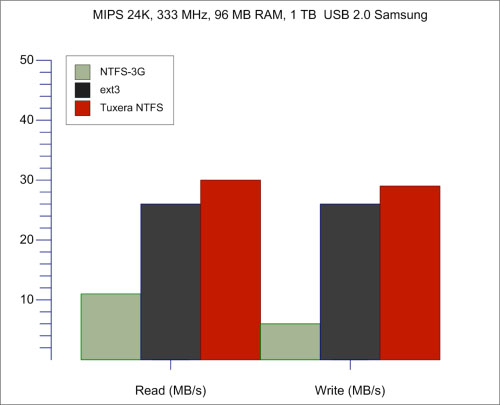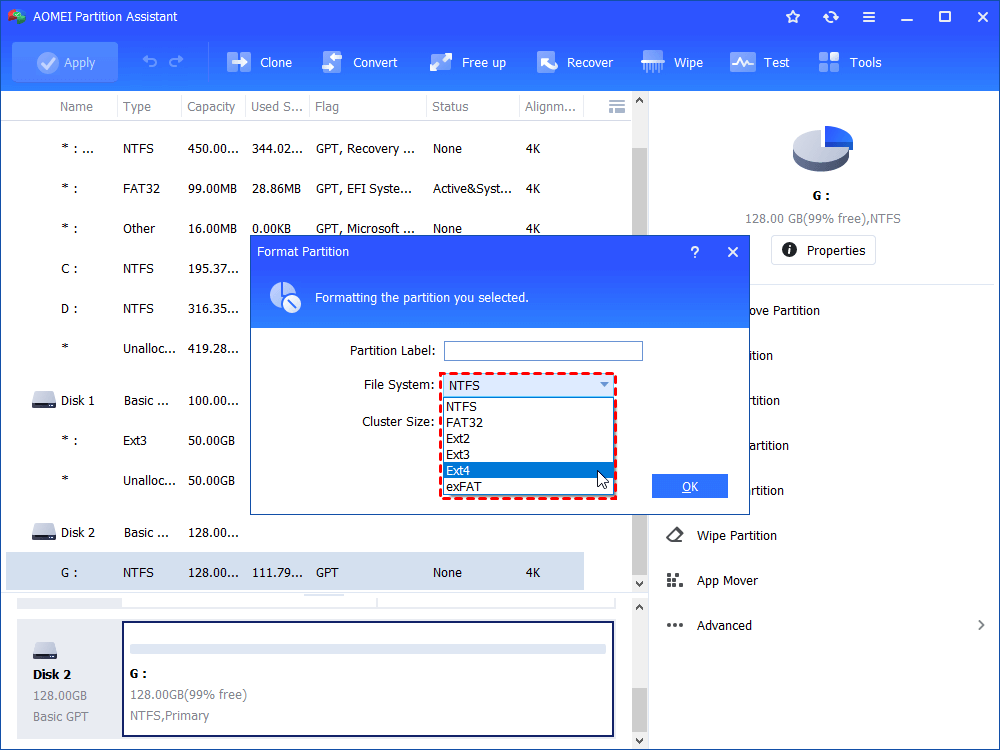
When staring at the results I realized that because the file cache is disabled before testing the measurement program probably tries to take a look at the worst case raw performance of the disk. These values seem to correspond with the Minimum MB/sec and Average MB/sec measurement. I made a table of “Max Track count” and “Sus track count” values assuming they mean “maximimum theoretical track count” and “track count for sustained recording”. The disk cache is disabled between each test and the disk is read / seeked using block sizes: from 8 Kb to 8 MB.

I’m also going to make some assumptions here and I hope someone who knows better corrects me if I get it wrong.įirst of all a measurement looks like this. I should have done at least 10 repeats but I only did two. Ok I have some results for reading a spinning disk, a SSD disk and a Ram disk.įirst of all these are very unscientific because I noticed that the results fluctuated a lot when a measurement was repeated. Or I might have done something wrong with my tests ? Linux mika-pc 5.4.44-1-MANJARO #1 SMP PREEMPT Wed Jun 3 14:48: x86_64 GNU/LinuxĬommand. I guess there is no way to get comparable result to the 2015 test anymore with big modern drives. Maybe the 10 MB testfile size is not big enough anymore to really test this drive. This might have something to do with the big 256 MB cache the drive has.

It seems I get insane results from both of them (the results do no reflect real drive seek / read speed).
#Ntfs vs ext4 pro
I have two Seagate Ironwolf Pro 12 TB spinning disks.


 0 kommentar(er)
0 kommentar(er)
